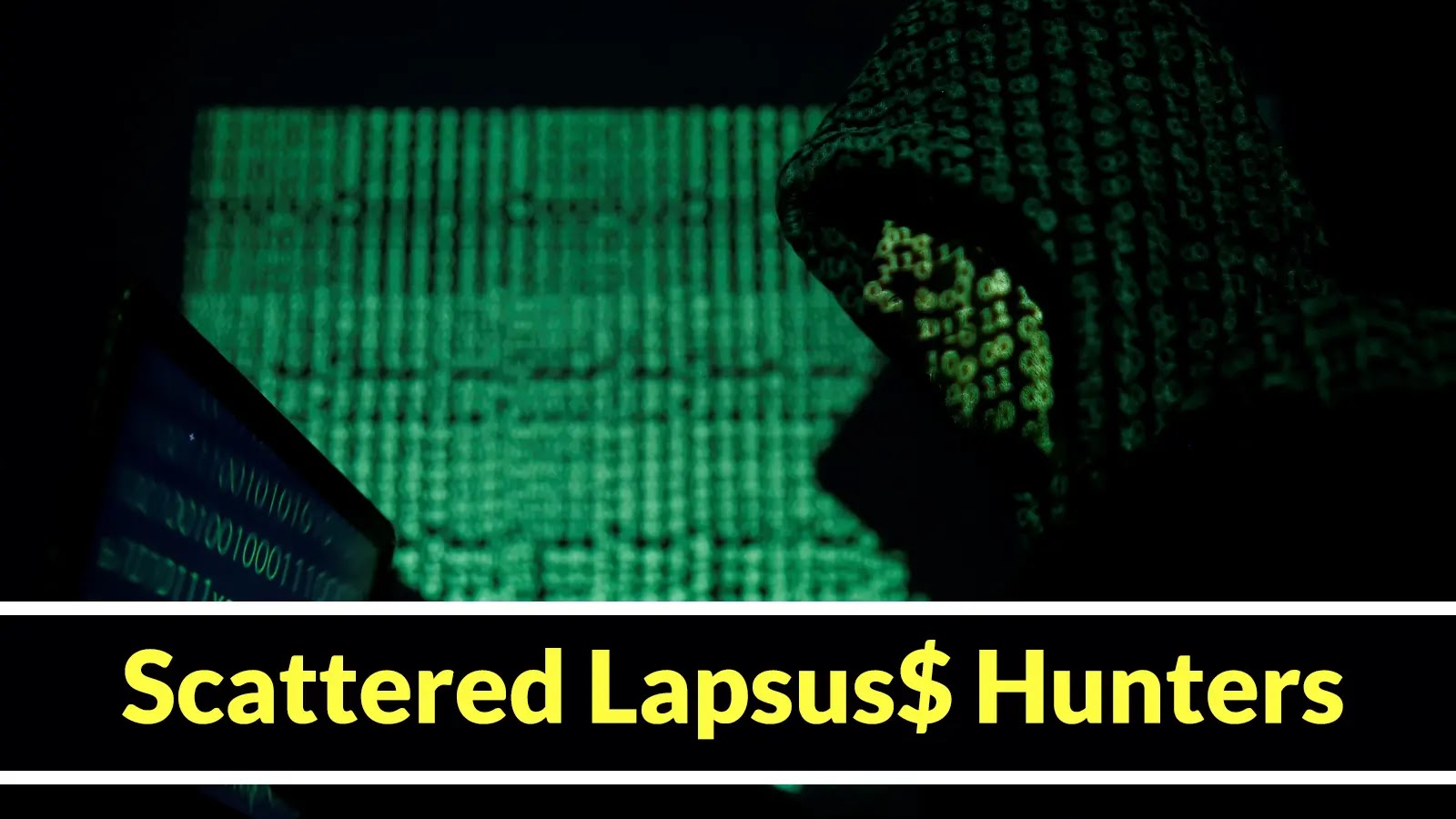In a significant escalation of cyber extortion tactics, the cybercriminal consortium known as Scattered Lapsus$ Hunters has unveiled a dedicated leak site on the dark web, threatening to expose sensitive data exfiltrated from numerous Salesforce instances. This collective, an amalgamation of notorious hacking groups including ShinyHunters, Scattered Spider, and Lapsus$, represents a formidable evolution in cybercrime, combining diverse expertise to target one of the world’s leading customer relationship management (CRM) platforms.
Formation and Composition of Scattered Lapsus$ Hunters
The emergence of Scattered Lapsus$ Hunters signifies a strategic consolidation within the cybercriminal landscape. By uniting members from ShinyHunters, Scattered Spider, and Lapsus$, the group has pooled a wide array of skills and methodologies, enhancing their capacity to execute complex and coordinated attacks. This collaboration reflects a broader trend of increasing organization and specialization among cybercriminal entities, focusing on high-value targets to maximize financial gain.
Targeting Salesforce: A Strategic Choice
Salesforce’s prominence as a CRM platform makes it a lucrative target for cybercriminals. The platform’s extensive use across various industries means that compromising its instances can yield access to vast amounts of sensitive customer data. By focusing on Salesforce, Scattered Lapsus$ Hunters aim to exploit the critical business value of the information stored within, leveraging it for extortion purposes.
Operational Tactics and Leak Site Details
Operating through the TOR Onion network, the group’s newly established leak site lists numerous compromised Salesforce customers, detailing the volume of data allegedly exfiltrated during their attacks. The site serves as a platform to coerce affected organizations into meeting ransom demands, with threats of public data exposure if payments are not made. An initial deadline for compliance has been set for October 10, 2025. This development marks a concerning milestone in the commercialization of data theft, transforming stolen information into leverage for systematic extortion operations.
Sophisticated Attack Vectors: Social Engineering and OAuth Token Exploitation
The group’s attack methodology demonstrates a high level of technical sophistication, employing multiple vectors to infiltrate target systems. One primary tactic involves social engineering, specifically vishing (voice phishing) techniques. Attackers impersonate IT support personnel, manipulating authorized users into installing malicious Salesforce integrations. This approach grants the attackers API-level access to the targeted systems, bypassing traditional security measures.
A more advanced vector involves the exploitation of OAuth tokens. The attackers initially gain access to Salesloft’s corporate GitHub account, likely through social engineering tactics. Once inside, they systematically download repository contents, create unauthorized user accounts, and establish custom workflows to maintain persistent access. Within these repositories, the attackers discover embedded AWS credentials, enabling them to access Salesloft Drift’s cloud infrastructure. Here, they identify and exfiltrate OAuth tokens belonging to Salesloft Drift clients, effectively transforming legitimate integration credentials into tools for widespread data theft.
Implications of OAuth Token Exploitation
The exploitation of OAuth tokens underscores the vulnerabilities inherent in interconnected SaaS platforms. By compromising a single integration provider, attackers can achieve lateral movement across multiple organizations, accessing a broad array of sensitive data. This persistence mechanism, relying on the legitimate OAuth authorization framework, poses significant detection challenges for security teams. Malicious activities disguised as authorized API calls can evade traditional monitoring systems, emphasizing the critical need for comprehensive token management and vigilant monitoring within enterprise environments.
Broader Context: The Evolution of Cybercriminal Strategies
The formation and activities of Scattered Lapsus$ Hunters reflect a broader evolution in cybercriminal strategies. The consolidation of various threat actors into a single, more potent entity indicates a shift towards more organized and specialized cybercrime operations. This trend poses increased challenges for cybersecurity professionals, as adversaries become more adept at executing complex, coordinated attacks on high-value targets.
Recommendations for Organizations
In light of these developments, organizations are urged to adopt a multi-faceted approach to cybersecurity:
1. Enhanced Employee Training: Implement comprehensive training programs to educate employees about social engineering tactics, such as vishing, and the importance of verifying the identity of IT support personnel.
2. Robust Access Controls: Enforce strict access controls and regularly review permissions to minimize the risk of unauthorized access.
3. OAuth Token Management: Develop and implement policies for the secure management of OAuth tokens, including regular audits and prompt revocation of unused or compromised tokens.
4. Continuous Monitoring: Utilize advanced monitoring tools to detect unusual API activity that may indicate unauthorized access or data exfiltration attempts.
5. Incident Response Planning: Establish and regularly update incident response plans to ensure swift and effective action in the event of a security breach.
Conclusion
The launch of the Scattered Lapsus$ Hunters’ leak site targeting Salesforce data represents a significant escalation in cyber extortion tactics. The group’s sophisticated methods, including social engineering and OAuth token exploitation, highlight the evolving nature of cyber threats. Organizations must remain vigilant, adopting comprehensive security measures to protect sensitive data and mitigate the risks posed by such advanced cybercriminal operations.



